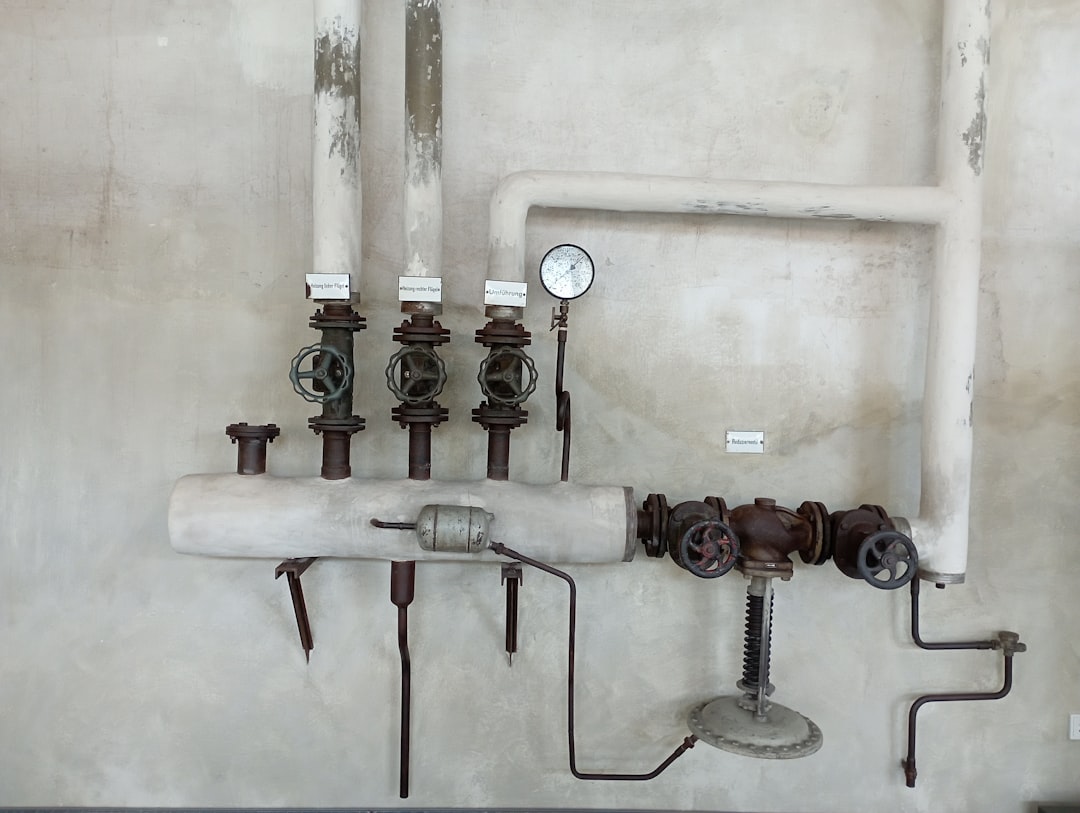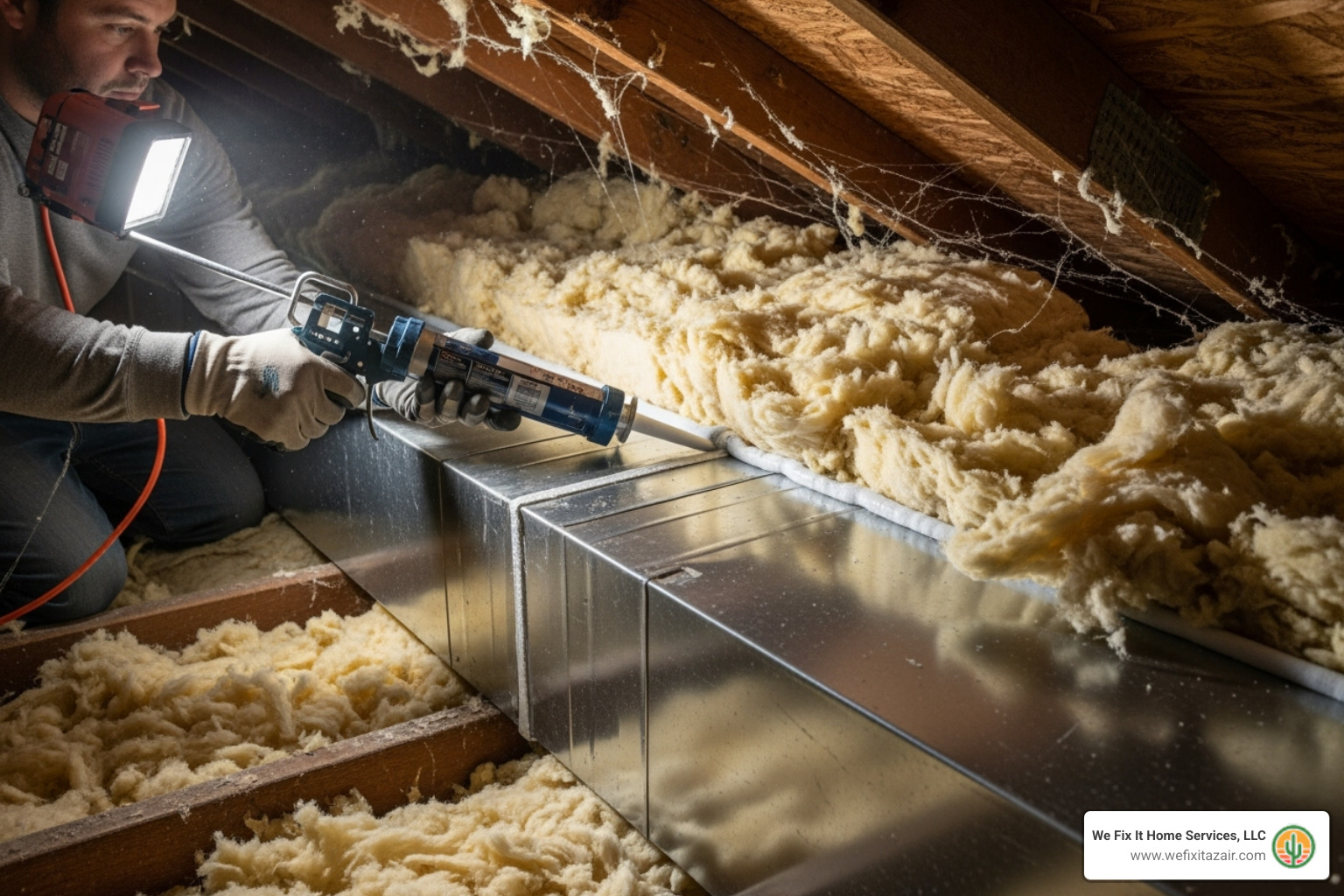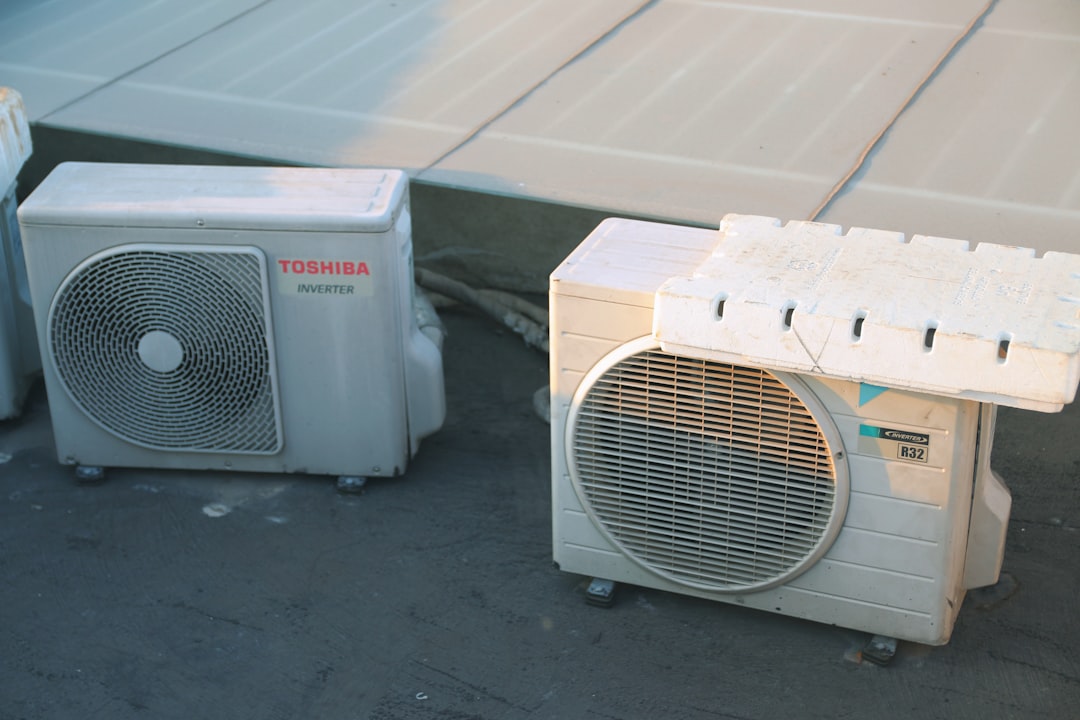Why Is There Water Pooling Around Your AC Unit in Tempe?

Spotting water pooling up around your air conditioning unit can be pretty frustrating. During the hottest time of year in Tempe, your AC is under heavy use, and the last thing you want is to see water collecting where it shouldn't be. Most homeowners know their AC shouldn’t leak, so when they see a puddle beneath the outside unit or near an indoor air handler, it can raise quick concern. Water damage, mold growth, and system failure are just a few of the problems that can come from letting this go unchecked.
The causes behind this issue vary, but they all require attention. Ignoring it might lead to clogged lines, corrosion, or even damage to your home’s structure. Fixing the problem quickly and correctly can save money and more aggravation down the road. Understanding what might be going wrong helps you make better decisions about how to move forward.
Common Causes Of AC Water Pooling In Tempe
When water starts gathering around your AC unit, it’s usually a sign that one or more parts of the system are no longer working the way they should. With Tempe going through long, hot summers, your AC is likely running for hours at a time. Even small issues can add up quickly in that kind of environment. Here are some of the most common reasons this happens:
1. Clogged Condensate Drain Line
The AC pulls moisture from indoor air as part of its cooling process, and that moisture travels through a drain line to exit the system. If that line gets clogged with dust, dirt, or biological growth, condensation has nowhere to go. The backup causes it to overflow and leak under or around the unit. This is one of the most frequent reasons for water pooling.
2. Damaged or Rusted Drain Pan
Older systems often have drain pans that start to crack or corrode with age. Even newer AC units are at risk if build-up from hard water or debris settles into the pan. If the pan fails, it can’t hold or redirect the moisture properly, leading to leaks around the air handler. Keeping the drain pan rust-free and intact is key to preventing this.
3. Frozen Evaporator Coils
When coils freeze due to low refrigerant, poor airflow, or dirty filters, they create more water than normal during the defrost cycle. That excess water overwhelms the drainage setup and spills out. If you’ve noticed ice on your system and then puddles soon after it melts, there’s a good chance frozen coils are to blame.
4. Improper Installation or Slope
If the HVAC system or the drain pan was installed without proper slope or support, water might not flow toward the exit line the way it should. Pools of water collect in areas where they don’t belong and begin to leak.
It’s also worth noting that outside temperatures in Tempe can reach extreme highs, causing systems to produce more condensation than usual. That excess moisture makes it even more important to keep these components in good working condition.
Prevent With Regular AC Maintenance
Routine maintenance makes a big difference in preventing water-related damage from your AC. When systems are checked regularly, problems like clogged drain lines or worn-out drain pans can be caught long before a leak starts. This also keeps your system running more efficiently during Tempe’s summer heat.
Here are a few preventative tasks that our technicians tackle during a scheduled maintenance visit:
- Clear any obstructions in the condensate drain lines to restore proper flow
- Inspect and, if needed, replace the drain pan to prevent leaking from wear or cracks
- Check air filters and ductwork to make sure airflow is not restricted, which can help prevent evaporator coil freezing
- Examine refrigerant levels to avoid system freezes that lead to excessive moisture
- Confirm that the unit and drain pan are properly leveled and secured for accurate water drainage
Skipping routine service can turn small issues into more expensive repairs. For example, we’ve seen a homeowner in Tempe who didn’t realize their clogged line was causing water to drip behind a wall, leading to unwanted mold. What started as a minor drain issue became a bigger problem because it went unnoticed. Regular checkups don’t just prevent that. They also keep your home more comfortable through the hottest months.
Warning Signs of an AC Drainage Problem
Spotting water around your unit is just one clue that your AC system may be having trouble handling moisture properly. Several other warning signs can show up before major leaks happen, and staying alert to these can help homeowners in Tempe act quickly and avoid damage. You don’t have to be a technician to notice something’s off. Most times, your nose or ears will pick up on these signs before your eyes do.
Keep an eye and nose out for:
- Musty, damp odors coming from vents or around the unit
- Visible mold or mildew near your indoor AC components
- Water stains on ceilings, walls, or floors near the unit
- A sudden dip in your system's cooling performance
- Strange sounds, like gurgling or bubbling, from the drain line
- Standing water or dripping around the air handler or indoor coil
Even if the system seems to run well, signs like these can point to drainage problems underneath the surface. Letting them linger increases the risk of mold buildup, which can easily spread in humid, enclosed areas. In one Tempe home, a customer reported a faint smell near their AC closet for several weeks. After investigation, a slow leak had been dripping onto wood flooring, causing warping beneath the surface. The system kept cooling, but damage was already happening out of sight.
Doing a quick visual check around your AC and listening for anything unusual once a month can go a long way in spotting problems early. If you ever have doubts, calling in our professionals to inspect the system can help make sure nothing gets missed or left untreated.
AC Repair Services in Tempe That Fix the Source
When AC units start showing signs of water pooling, it's rarely something that fixes itself. Whether the problem comes from a blocked drain line or a frozen coil, the issue usually gets worse the longer it's left alone. Our technicians work directly with homeowners in Tempe to identify and fix whatever is causing the leak, whether that's a cleaning job, a replacement part, or a needed adjustment to airflow or refrigerant levels.
Here's how our professionals approach these types of AC repair issues in Tempe:
- Thorough inspection of the entire drainage system to find any blockages or breaks
- Cleaning out the condensate line and trap using tools that fully clear the clog
- Repairing or replacing cracked or rusted drain pans that can no longer hold moisture
- Diagnosing airflow or refrigerant problems that can lead to frozen coils and heavy runoff
- Adjusting the slope and fitting of the drain lines and equipment to make sure moisture flows to the proper exit point
In certain situations, a mix of issues can cause dripping or standing water. For example, a unit may have a partially clogged line combined with poor insulation, leading to condensation on the outside of pipes and external leaks. Getting eyes on the full system helps catch all related problems at once. The right AC repair not only stops the current water issue, but also improves how the unit handles humidity long-term.
If you’ve had to place towels under your AC more than once, it might be time to bring in trained eyes. Ongoing water trouble almost always points to a mechanical issue or blockage behind the scenes.
Keeping Your Tempe AC System Dry and Running Right
Water pooling around your air conditioning unit isn’t just a small seasonal nuisance. Left untreated, it can create serious damage to your property and your AC system. In a hot climate like Tempe, where air conditioners do heavy lifting for months on end, problems like clogged drain lines or frozen coils show up quickly and hit hard. Taking simple steps to maintain your system and catch warning signs early helps you avoid bigger breakdowns during peak summer heat.
By staying alert to musty smells, visible moisture, or inconsistent cooling, you’ll know when something’s off. Regular maintenance and quick responses to leaks or pooling can keep your home safe from mold, property damage, and unnecessary repairs. If you’re seeing any of the signs mentioned or if water keeps returning after you clean it up, getting a trained professional involved is the best move. A properly working AC should keep the air cool and dry, not leave a puddle behind. Maintaining that balance starts with knowing what to look for and acting when it matters.
Are water pooling issues affecting your AC performance and raising concerns about possible drainage problems at home? Trust We Fix It Home Services, LLC to help you address these challenges before they lead to more damage. When you need AC repair in Tempe, our professionals can inspect your system and resolve issues like clogged drain lines or damaged drain pans to maintain optimal performance throughout the hot season. For a quick estimate or to book a service visit, please contact us today.




















Customer Testimonials


























